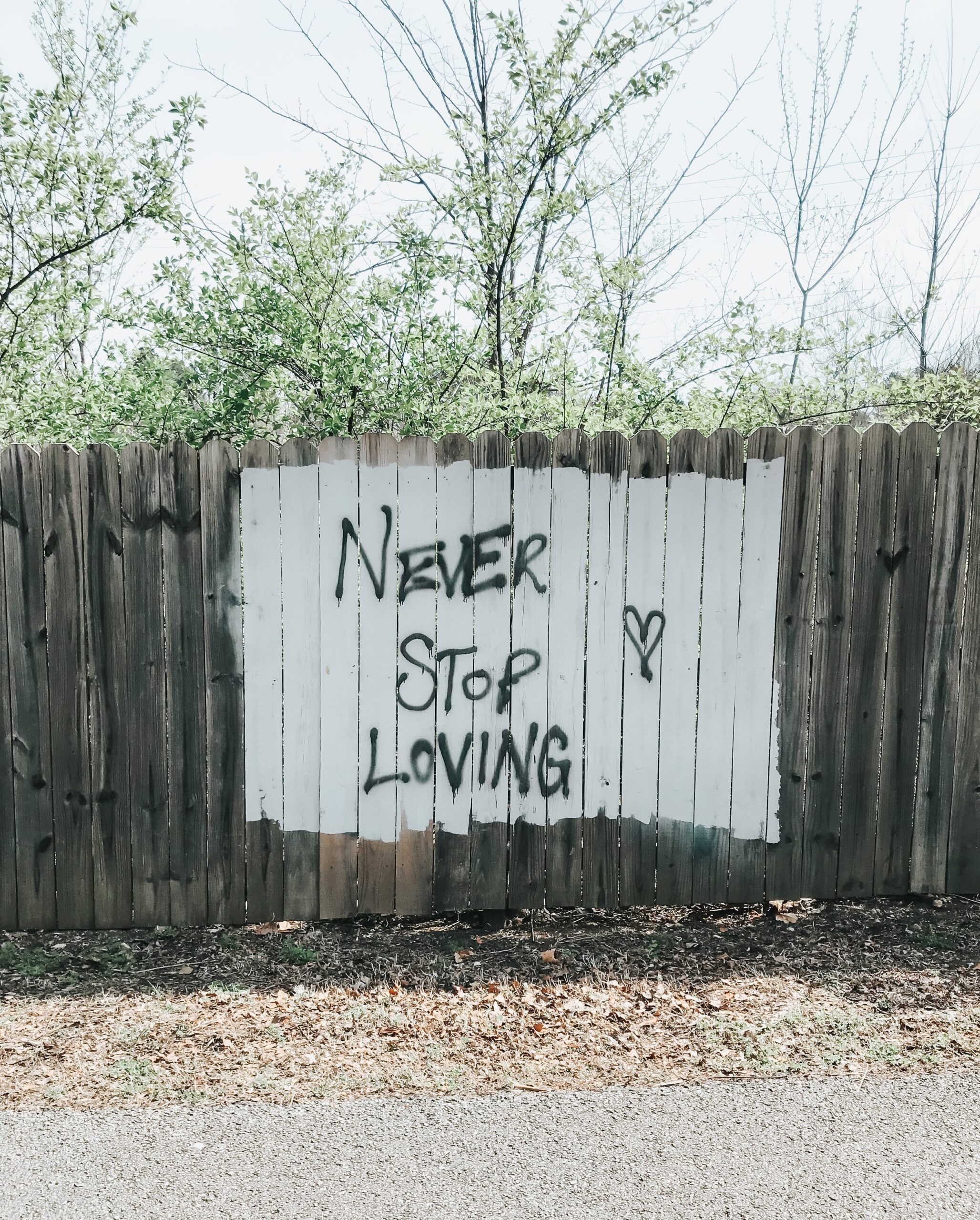The Great Heart of the World
It’s easy to get wrapped in our specific trials and tribulations, to find ourselves caught in a net of worry and fear or boredom or busyness. We don’t have time to find all this so-called tranquility and calm (some) people carry on about.
The truth of our practice is that it is meant to be lived in every moment. There’s no need to set aside time for a retreat or a long, seated daily meditation (though both offer tremendous benefit). What we are learning and what the Buddha taught is that we can open our minds and our hearts through specific attention and attitude.
In David Whyte’s latest book of poems, Still Possible, he tells a story of a dying monk who says that he stopped praying many years ago. Instead, he found that his life became the prayer. Yes! That’s it. This way of being is available to all of us if we only practice the teachings and use the tools.
Loving Kindness practice can increase your capacity for love and compassion
There’s a Sufi story about the fool Nasruddin who had lost his keys and spent time looking for them under a street lamp even though he lost them many feet away – in the dark. He explained that it was easier to find the keys where there was light. There are many ways to interpret this story but, for our purposes, we will consider it in this way: we pay attention to where we direct our light. Even if what we seek is not to be found through the specific train of thoughts or beliefs – we continue to look for truth, love, confirmation, whatever, in the places we are already focused. Then, of course, we are confused and upset because we haven’t found our keys.
And in that way, we begin to build a narrow life – one that only works under the specific pool of light that we see shining directly in front of us.
But we can open up to all that is around us, even what we can’t discern just now, by paying open-hearted attention. Perhaps the greatest promise for a different way of being is to open ourselves up to love. The Buddha said that we have the capacity to be so filled with love that our minds resemble space that cannot be filled. We can experience boundless love.
Of course, because we are talking about Buddha and his approach which is always grounded in trying, experimenting, practicing and seeing what comes, there are practices to help you understand and live in this boundlessness.
These ways of being are called the Brahmaviharas (or the Divine Abodes). They are — loving-kindness, compassion, sympathetic joy and equanimity. You might see them as steps along a path, one after another, but, in fact each works with the other and supports the other.
This week in our new Sanctuary Sunday series, we explore the 4 Brahmaviharas, beginning with Loving-Kindness. This practice is the foundation of the Brahmaviharas and offers the visceral and spiritual understanding that we are all connected. The formal phrases and practice is available on our YouTube channel.
If you are skeptical and worried that too much focus on love will turn your life into an endless Valentine’s Day – fear not! There’s so much courage to bring in. To be honest, it’s much more of a strength play. The practice takes you from wishing well and expressing love and kindness for yourself – already a true leap for many of us, to directing our wishes to friends, benefactors and neutral beings (those we don’t much notice) to those we have real difficulty with and finally to all beings.
In this way, we recognize that all beings truly wish to be happy – just as we do – and we find ourselves more deeply connected to humanity. In a world where more and more people describe themselves as lonely and without close friendships or support, learning to befriend ourselves and all others is the key to more happiness and, yes, tranquility. It just takes a little practice.

Next Post:
Previous Post:
Reconnect with your true self through a mindful, body-centered path of transformation. Through the CLEAR framework, you’ll explore five powerful pathways—Centering, Letting Go, Elevating emotion, Attuning, and Restoring—to deepen presence, cultivate peace, and live with intention.